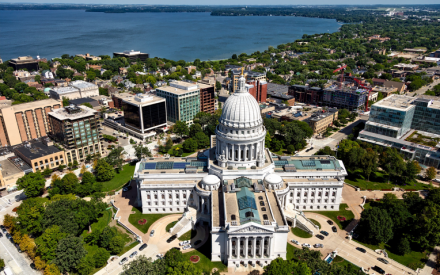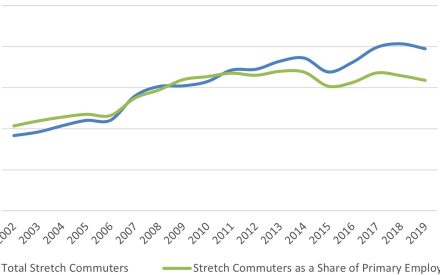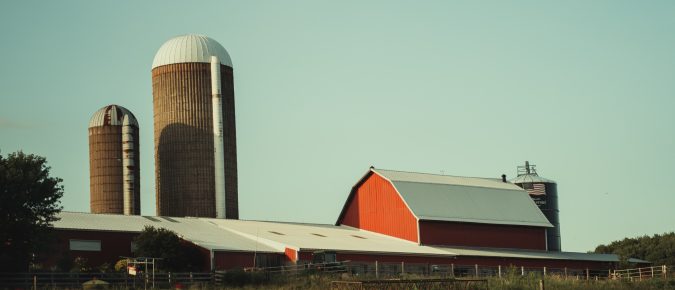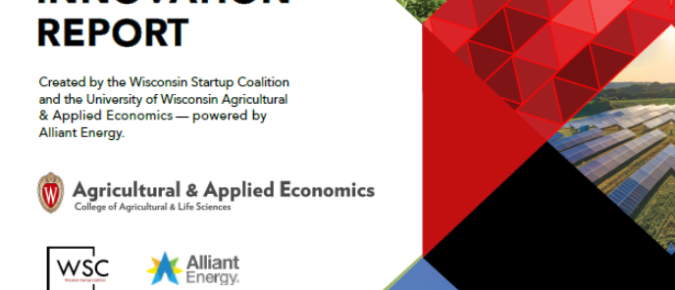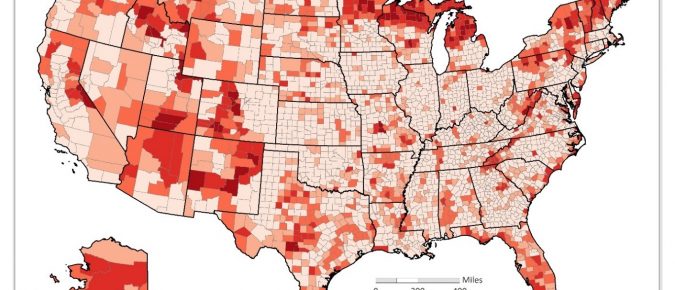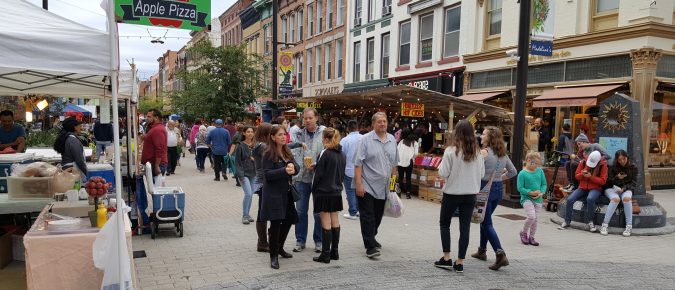Publications
Journal Articles
Internal Publications
COVID-19 and the Economy: U.S. Resident Experiences in the Late Stage of the COVID-19 Pandemic
As we near the third anniversary of its start, the COVID‐19 pandemic has been a global health challenge with
far‐reaching political, economic, and sociological implications. The loss of life and health has been immense. The U.S. death toll from COVID‐19 exceeded one million in May 2022, and research indicates that roughly 20% of adults have at least one health condition related to a previous COVID‐19 infection.
WIndicators: Returns to Higher Education
With rising costs to students and soaring debt levels, many people are questioning the value of pursuing higher education. Nationally, a person with a bachelor’s degree will earn about $560,980 or 37.8% more than a person with a high school degree, even while accounting for lost years of work while obtaining the degree.
WIndicators Volume 5, Number 3: Farm Household Income
As a growing number of Wisconsin farms struggle to survive, many farm households (families) are dependent on off farm income to offset weak and unstable farm sourced income. Over the five-year average (2016-2020) average household income for Wisconsin farm operators is $98,353of which $20,210 comes from farming activities, and the remaining $78,143 comes from off farm sources. One strategy to ensure the continued operation of most Wisconsin farms is to focus on enhancing off farm employment opportunities.
Rural Innovation Report
EXECUTIVE SUMMARY May 2022 — Innovation moves the economy forward. Innovations are new products, processes, or services that create value for customers. Innovations often signal an improvement over a past model or way of doing things. Innovations can be significant, disrupting the status quo. Many innovations, however, are modest, offering small increases in quality of […]
Recovery in the Hotel Business (Issue 197, May 2022)
Hotels provide an important service to our communities and represent a significant economic engine for jobs, business revenue, and taxes. Plus, they often serve as a gateway to a community, influencing perceptions of the broader community.
WIndicators Volume 5, Number 1: The Rise Of Entrepreneurship During the Pandemic
Entrepreneurial activity increased sharply in Wisconsin in 2020 and 2021 during the COVID-19 pandemic. Entrepreneurship is a key part of any healthy economy but ensuring that new business activity leads to significant economic impact by creating high quality jobs can be difficult. Communities can take a lead role in a range of strategies that help entrepreneurs grow and be successful to make the most of this opportunity to improve their economies.
WIndicators Volume 4, Number 3: Seasonal and Recreational Housing Units in Wisconsin
The development of seasonal and recreational housing units in Wisconsin reflects the economic transitions of many counties that were formerly dependent on natural resource extraction to a current reliance on services, hospitality, and recreation. With these transformations also come regional opportunities and challenges related to the growth of seasonal and recreational housing.
Strengths, Weaknesses, and Potentials of Pedestrian Malls (Issue 196, February 2022)
Since its inception, members of the American Downtown Revitalization Review’s (ADRR) Board have engaged in a near-continuous e-mail dialogue about a wide range of issues, trends and opportunities that do not, in our opinions, always receive the attention they need and deserve in other media outlets and industry publications. The vitality of these conversations is evident in the number who join and/or read these back-and-forths more than two years after the ADRR’s launch; indeed, over time, non-Board members have added to the ferment with their own observations and insights.
Economic Development Tools for Commercial Districts (Issue 165, March 2010)
From local angel investment groups to retail condos, communities are experimenting with new economic development tools (and putting a new spin on some old ones) to stimulate and support commercial district business and property development. This article summarizes a recent presentation by Kennedy Smith that highlights a number of promising tools. Also presented here are strategies for putting them to work in your revitalization program.
WIndicators Volume 4, Number 2: Nonemployer Businesses & Diversity
Nonemployer establishments, sole proprietorships and partnerships without any paid employees, are an important part of the country’s economy. As of 2018, they made up a large and quickly growing share of businesses in the United States at 77% of the total while the other 23% of establishments were employer businesses [1]. Given that nonemployer establishments are businesses without employees, they are predominantly independent contractors who work for themselves or small businesses operated only by the owner(s) or unpaid members of their family.
Shaping Downtown After COVID-19 (Issue 194, June 2021)
June 2021 — This topic in Downtown Economics summarizes key points or “takeaways” from the recent webinar titled Shaping Downtown after COVID 19. The well-attended webinar highlighted examples of successful initiatives in four cities: Ithaca, New York, and Appleton, Eau Claire, and La Crosse Wisconsin. The following takeaways are presented without significant editing. You may […]
WIndicators Volume 4, Number 1: Taxes and Economic Growth & Development
When one thinks about the term “business climate”, factors such as taxes, regulations, and unionization come to mind. These items tend to be viewed as potential costs that businesses face when making investment decisions. Anything that is viewed as increasing the costs of business operations is considered bad for the business climate of a community or region. To foster economic growth and development the business climate of the community or region must be enhanced. The logic follows that strategies or policies that reduce tax burdens, limit or reduce regulations, or weaken the strength of labor unions (e.g. Right-to-Work laws) will enhance business climate and foster economic growth and development.

